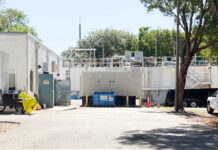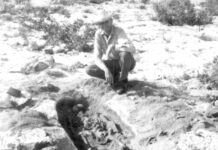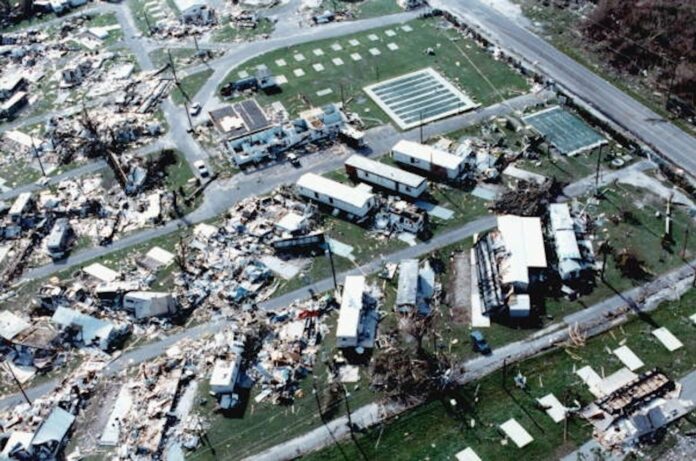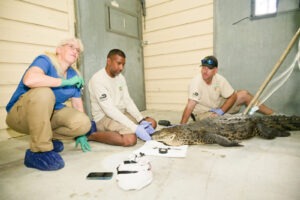Ask any local. Hurricane season blows.
Between every gust and shower reported through the regular media and all the opinions shared through social media, the subject is impossible to escape. With June 1, opening day, just around the corner, it is that time of year when bottled water, canned goods, peanut butter and the three Cs – chips, cookies and crackers – are suddenly picked clean from grocery store shelves.
The 2024 hurricane season is forecast to be a busy one which, again, blows. One thing about this time of year is that every season is different and tells a unique story because, like snowflakes, Key lime pie and margaritas, no two storms are quite the same.
In 1966, Hurricane Inez was a powerful and long-lived storm that dealt the Florida Keys more than a glancing blow. The eye of the Category 4 hurricane made landfall on Key Largo before moving down the island chain to Key West as if it were driving along the Overseas Highway. All of the Keys connected by the highway experienced hurricane-force winds; the highest gust recorded on the mainland was 92 mph at Flamingo.
The 1987 hurricane season was the kind that people crossed their fingers for – quiet.
However, it did produce Hurricane Floyd, the only storm to make a U.S. landfall that
year. It was also the first October hurricane to make a Florida landfall in 19 years. One of Floyd’s unusual storylines was that while the storm crossed the island chain first in the Lower Keys and then again in the Upper Keys, it was weak and disorganized.
Sustained hurricane-force winds were not recorded in the Keys, though gusts reaching up to 94 mph were reported. The Middle and Lower Keys did experience a minor storm surge, and Floyd spawned a tornado that whirled across Key Largo, causing about $100,000 in damage — about 20% of all the damage reported in Florida as a result of the storm.
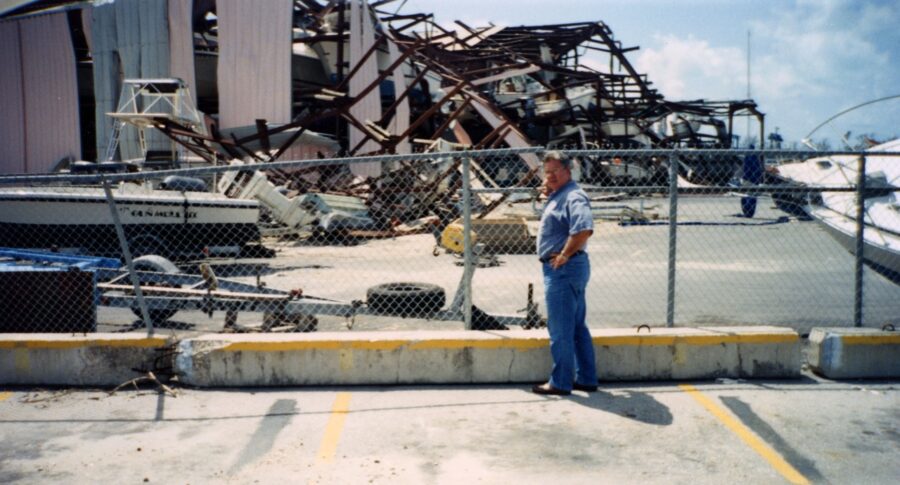
Five years later, the 1992 hurricane season told a very different story. Andrew was the big news and reached hurricane status on Aug. 22. Over the next 36 hours, it rapidly intensified to a Category 5 storm. At its peak, the storm raged with 175-mph sustained winds.
On Aug. 23, it crossed Eleuthera Island in the Bahamas as a strong Category 4 with sustained winds of 150 mph. Three deaths were attributed to the storm, and the island’s north end recorded 23 feet of storm surge.
As the storm crossed the Straits of Florida, it regained momentum and strengthened to a Category 5 storm. In the early morning of Aug. 24, Andrew made landfall at about 5 a.m. as a Category 4 hurricane with 145-mph winds. It was powerful, though a small, tightly wound storm that made landfall in the area of Homestead, bringing with it about 7 inches of rainfall and 9-16 feet of storm surge.
Except for the northern Keys and North Key Largo, the island chain was largely spared from the hurricane’s impact. Lancelot Jones, born in 1898 and living by himself on Porgy Key, several islands north of Key Largo, refused to abandon his family home. Fortunately, he was eventually evacuated. His family home was destroyed by the storm. In North Key Largo, the Anglers Club and Ocean Reef communities were also heavily damaged.
The storm moved quickly across the peninsula and, four hours later, blew over Marco Island and out into the Gulf of Mexico. The hurricane made an additional landfall in south central Louisiana. Andrew caused more than $20 billion to $25 billion in damage, making it the most expensive natural disaster in U.S. history at the time. In Florida alone, 15 deaths were recorded.
Obviously, we would not like to see Hurricane Andrew’s story repeated this year. We hope that the story told about the 2024 hurricane season will be more like Floyd’s — fingers crossed.








